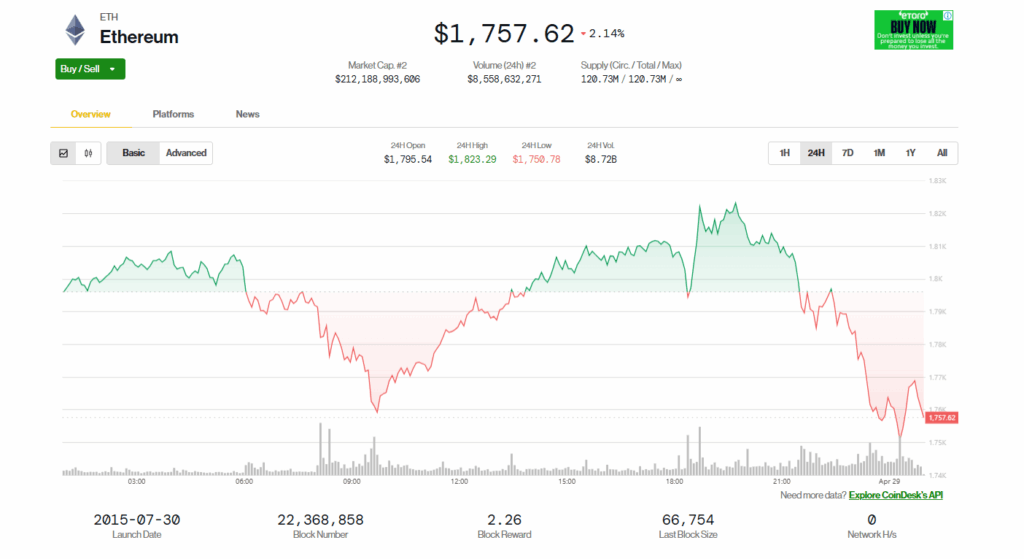- Ethereum’s Fusaka hard fork, featuring the major EOF upgrade, is aimed for Q3 or Q4 2025, but no exact date is locked yet.
- EOF would overhaul how smart contracts are structured, aiming for cleaner, safer code — but some developers argue it’s way too complex.
- A poll shows strong community resistance to EOF, with most large ETH holders voting against the proposed changes.
Ethereum’s next big network shake-up — the Fusaka hard fork — looks like it’s on track for sometime late this year, according to Ethereum Foundation’s Tomasz Kajetan Stańczak. In a post on April 28, he said they’re aiming for Q3 or Q4 of 2025, though, to be fair, nothing’s set in stone just yet.
This upcoming update has everyone buzzing, mostly ‘cause it’ll include the much-talked-about EVM Object Format (EOF) upgrade. Basically, EOF is a pretty deep change to the Ethereum Virtual Machine — it introduces a new way of organizing smart contract code that should, in theory, make things faster, cleaner, and maybe even cheaper for devs to work with.
What is EOF and why does it matter?
Right now, Ethereum smart contracts are kinda messy blobs of bytecode. EOF would clean that up, bundling code into neat little containers. Each container would have a version header, a section table, and divided code and data areas — future-proofing Ethereum smart contracts a bit more. In short: less chaos, more control.
Part of EOF’s magic trick includes EIP-4200, which ditches the risky dynamic JUMP/JUMPI instructions (aka bug factories) in favor of safer, hardcoded function calls. Future smart contracts would be forced to play by stricter rules, hopefully slashing attack surfaces and sneaky exploits.
Also, if you’re still clinging to the old JUMP days, post-EOF your code’s gonna get scanned and validated at deployment, making sure jumps don’t crash into weird places. All this will lean heavily on validation EIPs like 3670 and 3690.
But not everyone’s thrilled
EOF bundles 12 different EIPs, and while a lot of folks say it’s a no-brainer upgrade, others aren’t exactly popping champagne. Ethereum developer Pascal Caversaccio called EOF “extremely complex,” saying it jams way too much change into the system at once.
In a March post on Ethereum Magicians, he argued that the same improvements could have been rolled out gradually instead of tossing everything into one giant update. Plus, EOF would mean extra work forever maintaining the old EVM alongside the new stuff — not super fun for devs.
Some devs are also worried about new bugs sneaking in, given how big a shift this is. And yes, EOF would force tool upgrades across the board, which opens a whole new set of risks. One pointed out that right now, an empty smart contract is a slim 15 bytes — under EOF, that’s gonna bulk up.
In fact, a recent poll on ETHPulse showed that sentiment isn’t exactly in EOF’s favor: 39 voters, holding almost 17,745 ETH total, said they’re against the upgrade. Only 7 voters, holding less than 300 ETH combined, said “yay.”

Final thoughts
Fusaka could still arrive this year and EOF could very well become the new norm… or it might face more resistance first. Either way, Ethereum’s next chapter is shaping up to be messy, loud, and — like always — kinda fascinating.














